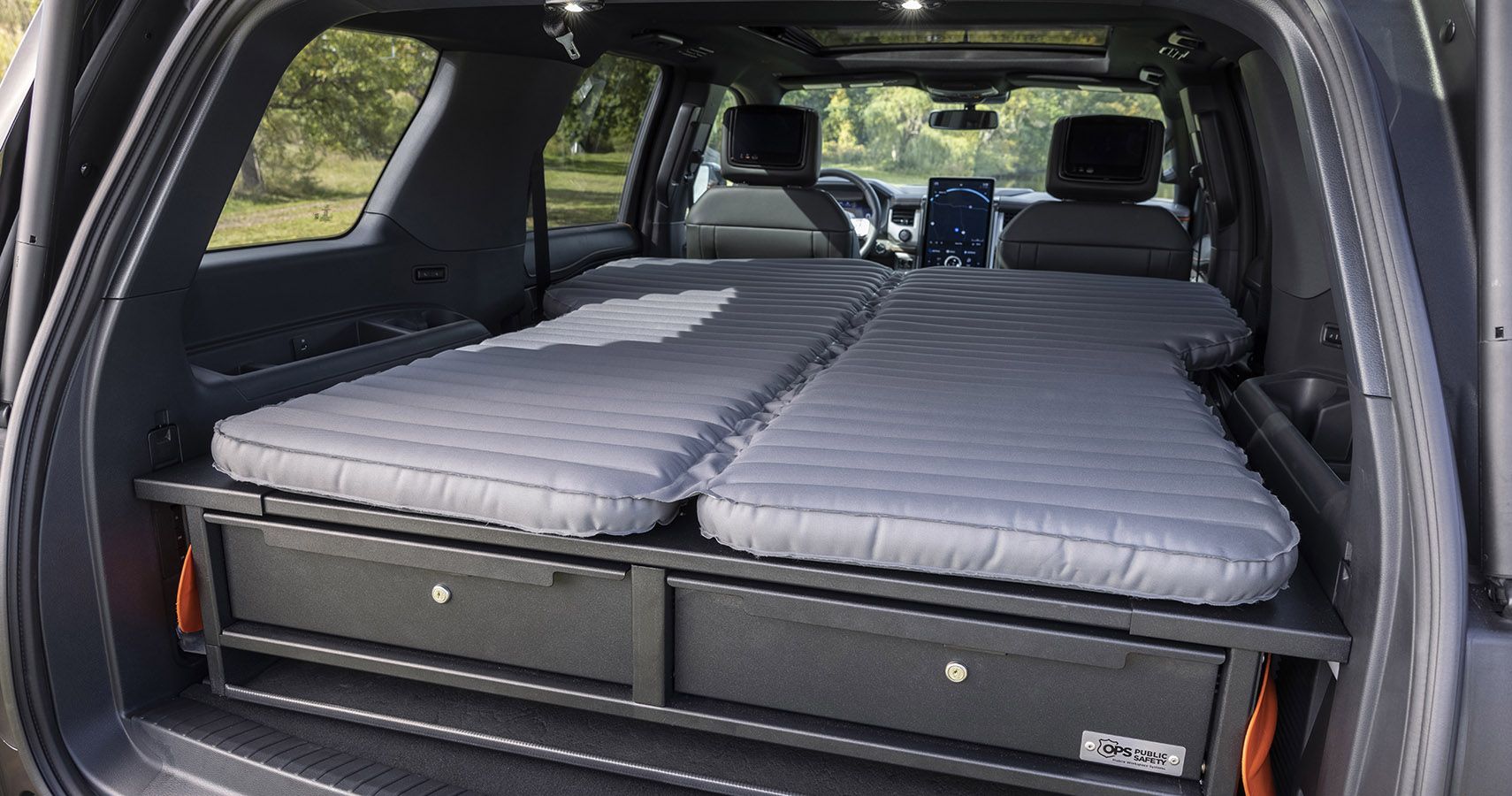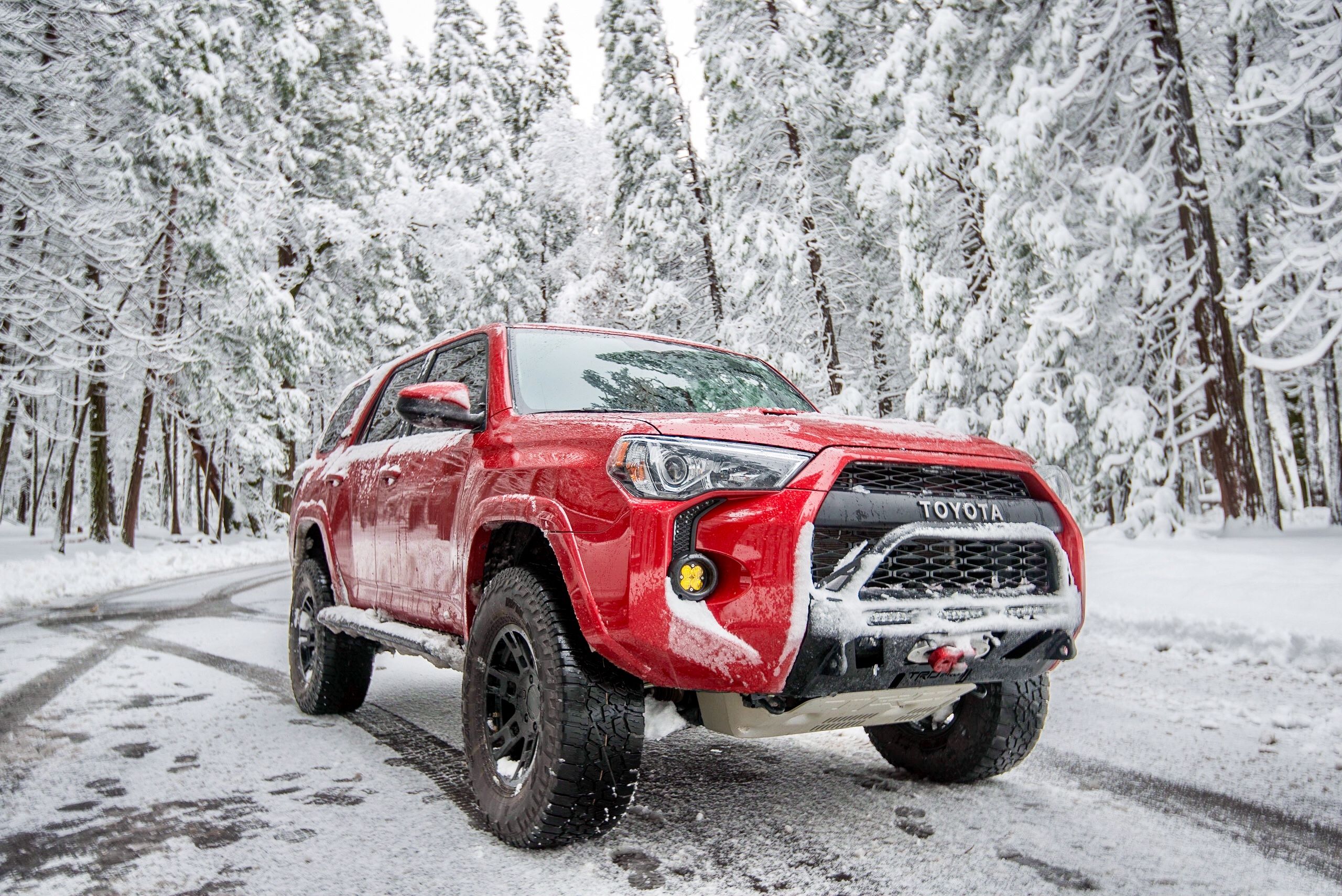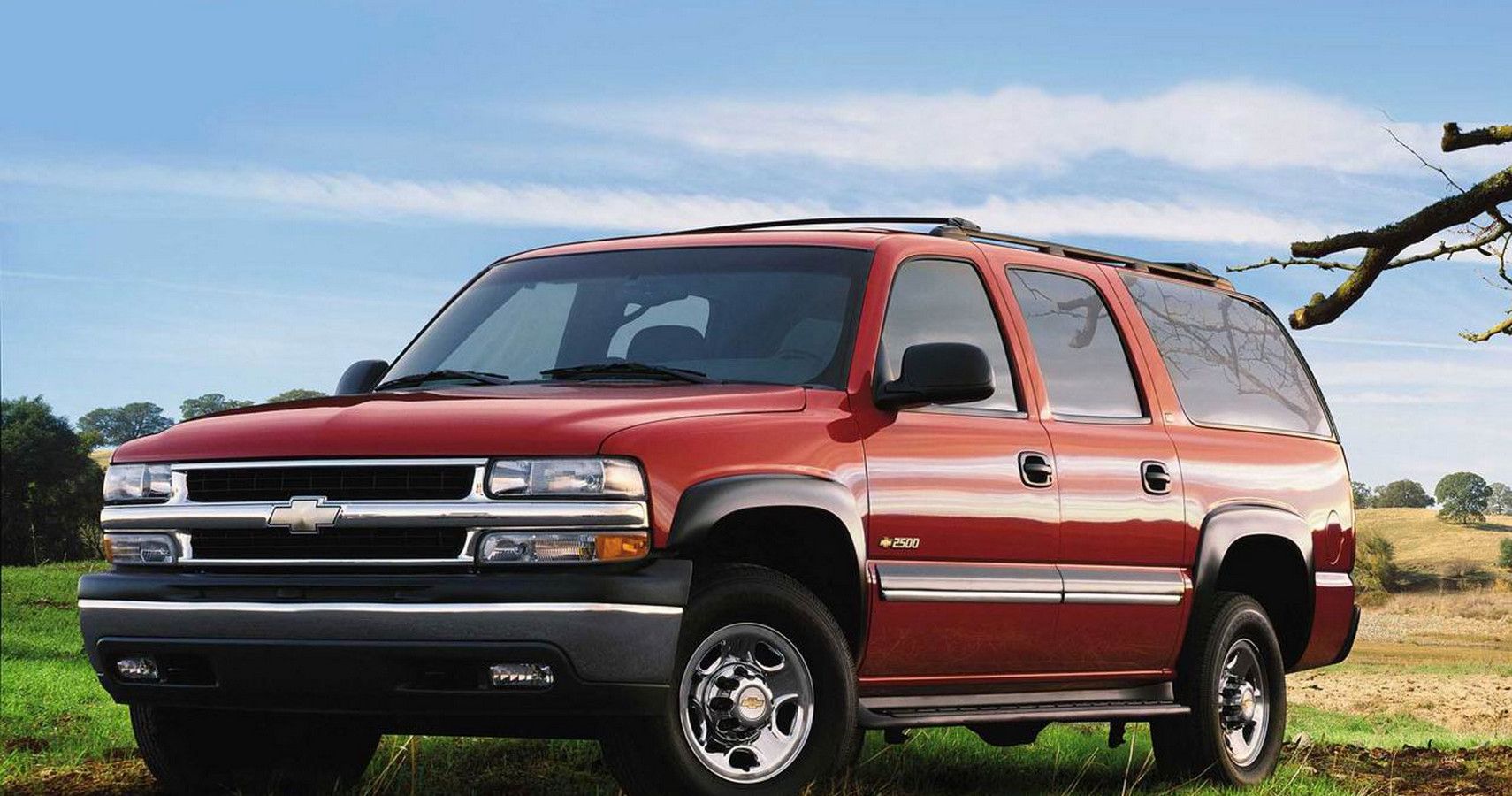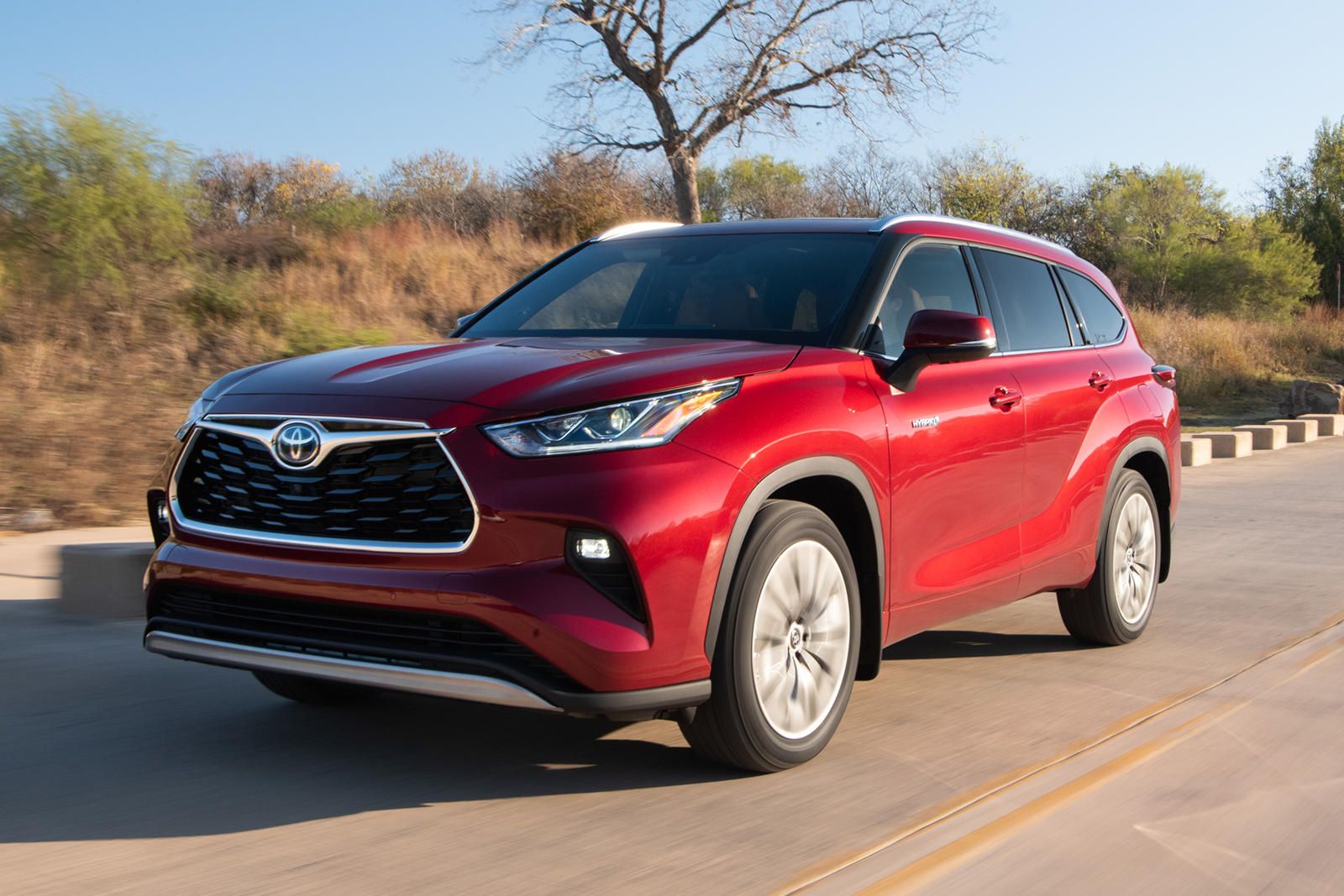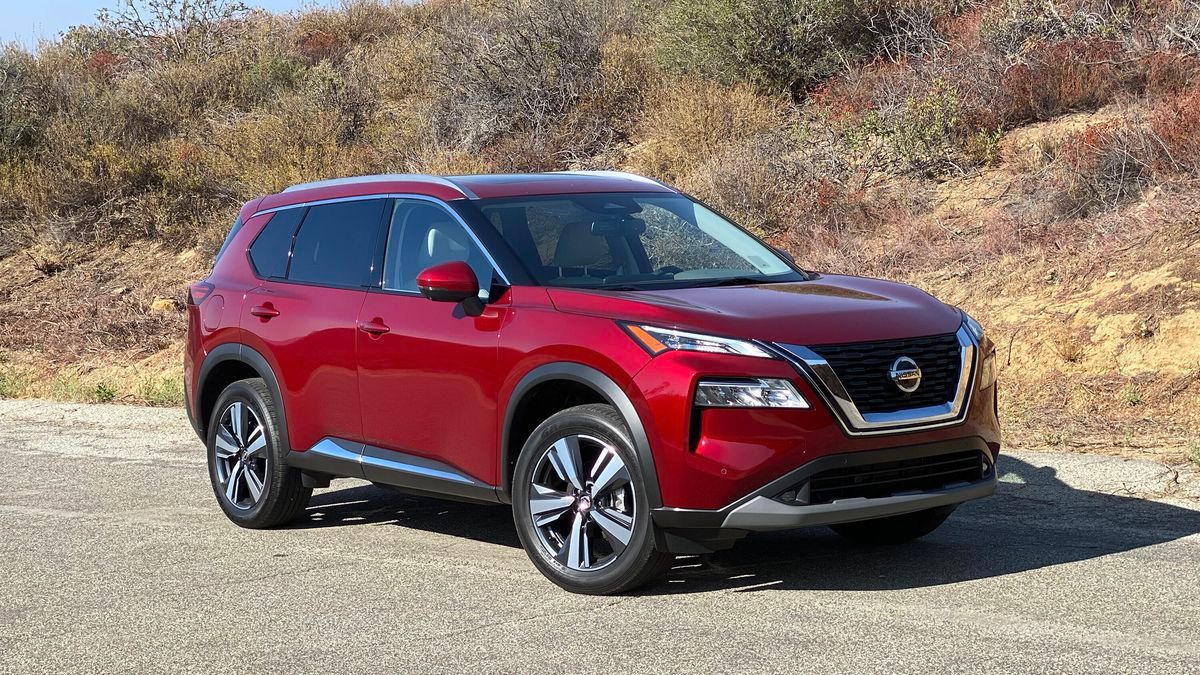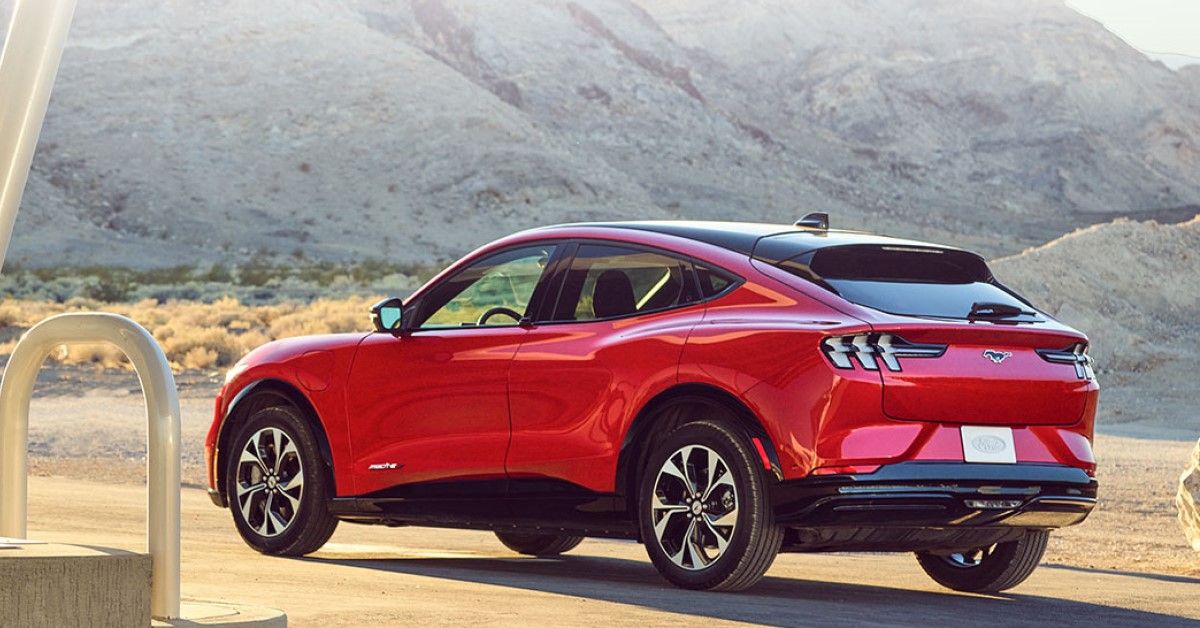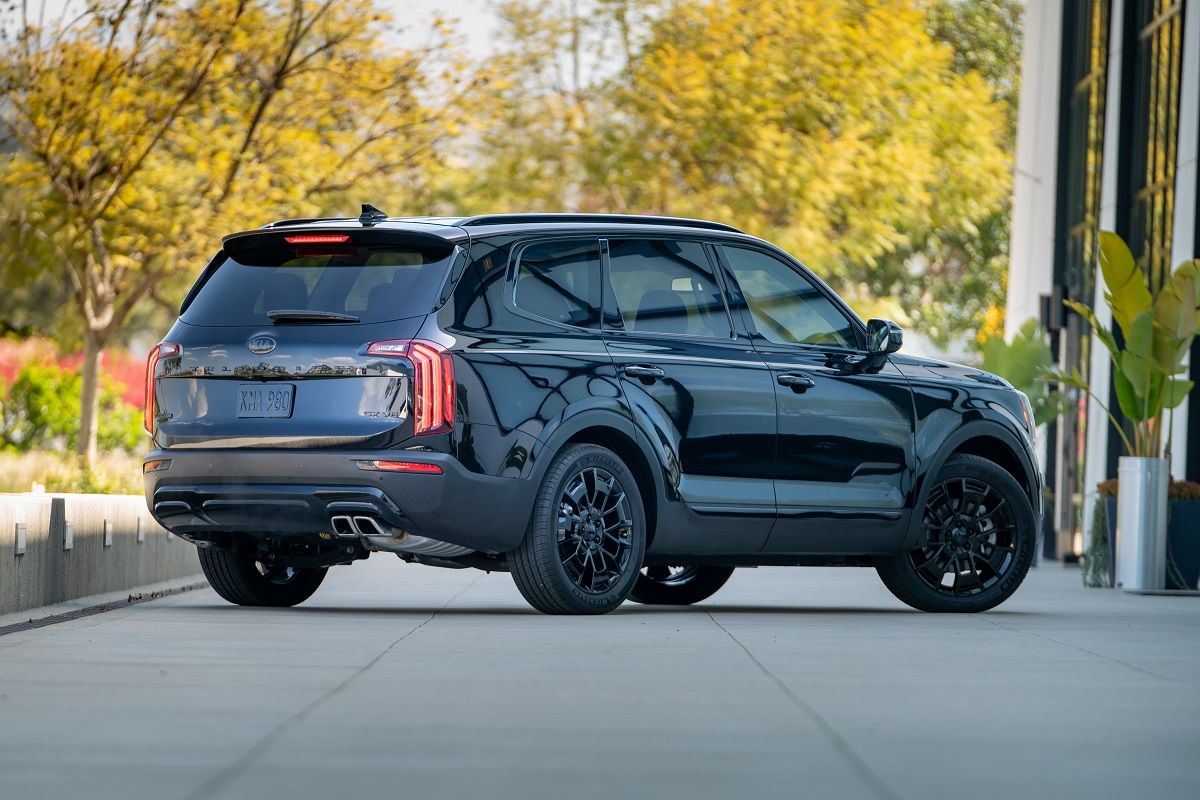The automotive space has taken quite a bit of interest in SUVs. Buyers looking to purchase a new car have started to prioritize Sports Utility Vehicles over conventional body styles. This increased interest, however, has led to the demise of passenger cars, or otherwise sedans.
A while back, the Detroit Giants have expressed interest in taking down sedans from their lineup in favor of crossovers. The midsize Ford Fusion bid farewell in 2020, as did the Chevy Malibu; and their respective compact offerings, albeit earlier.
Ford and Chevrolet have trimmed down, and the only passenger cars available in their lineup are the Mustang and Camaro. Chrysler, on the other hand, pulled the plug much before the other two.
What could have led to this trend? The obvious reason is the change in customer preferences. While SUVs of yesteryears were gas-guzzling behemoths, these days, they’re zippy and efficient.
There are several other reasons as well. From safety to practicality, SUVs and crossovers have quite a few advantages. However, they have several drawbacks too, owing to their large proportions.
With all that said, the market isn’t showing any signs of changing. It’s gonna be SUVs dominating the automotive space for quite some time. Here’s why.
SUVs and Crossovers: Pros and Cons
As mentioned, there are several pros to owning an SUV versus a sedan. For starters, SUVs offer a commanding view of the road. Better visibility means better chances of avoiding an accident. Additionally, because of their dimensions and heft, most SUVs are generally regarded as safe in the event of a crash.
Secondly, SUVs are more practical than sedans. SUVs provide utilitarian benefits aside from just transport. Because they are spacious and offer better luggage capacity, larger vehicles are pretty much the go-to choice for families.
Thirdly— most, if not all, SUVs tend to have powerful engines to compensate for their added heft. This, along with its higher ground clearance and 4WD, could come in handy while traversing a rough patch of road.
Now to the cons. Having bigger proportions means poor fuel economy due to increased weight and air resistance. Maneuverability is also a concern, another drawback of having large dimensions. Plus, SUVs tend to cost slightly more than an equivalent sedan.
Also, because SUVs ride high off the ground, their center of gravity sits high as well. At speed, this leads to the SUV rolling over when executing an emergency serpentine movement or an aggressive corner.
SUVs and Crossovers Have A Lot Going In Their Favor
A few of the key factors that led to the spike in SUVs and Crossovers are gas prices, a stronger economy, and improvements in the design. Breaking down each one of them is fairly simple.
With gas prices reaching an all-time high at $4.11 per gallon in 2008, buyers were very skeptical in purchasing gas hogs. Considering SUVs, at the time, were very pretty inefficient, it did make sense to side with cars that offered better fuel economy.
The situation got better as the years went by, correcting itself with supply overcoming demand. In fact, at one point, the U.S. was producing the most oil it has since the 1970s, a sign of market breakout and a healthier economy. As of this writing, the average fuel price in the U.S is $3.28 per gallon, which eases the pressure on the consumers to not make a decision based solely on one variable.
Also, engineers have significantly improved fuel economy through clever aerodynamics, efficient combustion engines, and lighter vehicle architectures. Nowadays, most SUVs and Crossovers use unibody construction. Not only does it reduce the overall weight, but it also improves the handling characteristics and ride comfort. Essentially, a modern SUV is one that drives like a car and offers utilitarian benefits, which include better visibility, more space, seating, and storage.
The SUV Bandwagon Isn’t Showing Signs Of Slowing Down
What we can say in confidence is that SUVs have significantly improved over the years. Through extensive research and engineering, manufacturers have taken away much of their inherent flaws. Although not as efficient as a sedan, Crossovers still offer respectable figures, only one or two miles a gallon less. Taking into account the added advantages, that's a sacrifice that most consumers think is worth considering.
Even modern SUVs have flaws. However, they’re nothing that technology and innovation can’t fix. With the EV trend booming, SUVs will eventually distance themselves from every other body style in the market. Because of their higher ground clearance, SUVs offer the perfect platform for electric architecture. By stacking batteries one on top of the other, SUVs could negate their efficiency concerns by housing a bigger battery pack.
The trend is likely not to end anytime soon. Per New York Times, the SUV bandwagon isn’t showing any signs of slowing down. It may show random dips and corrections every now and again, but the body style will certainly dominate the automotive space for quite some time.
Sources: CNBC, Cnet, New York Times, YouTube

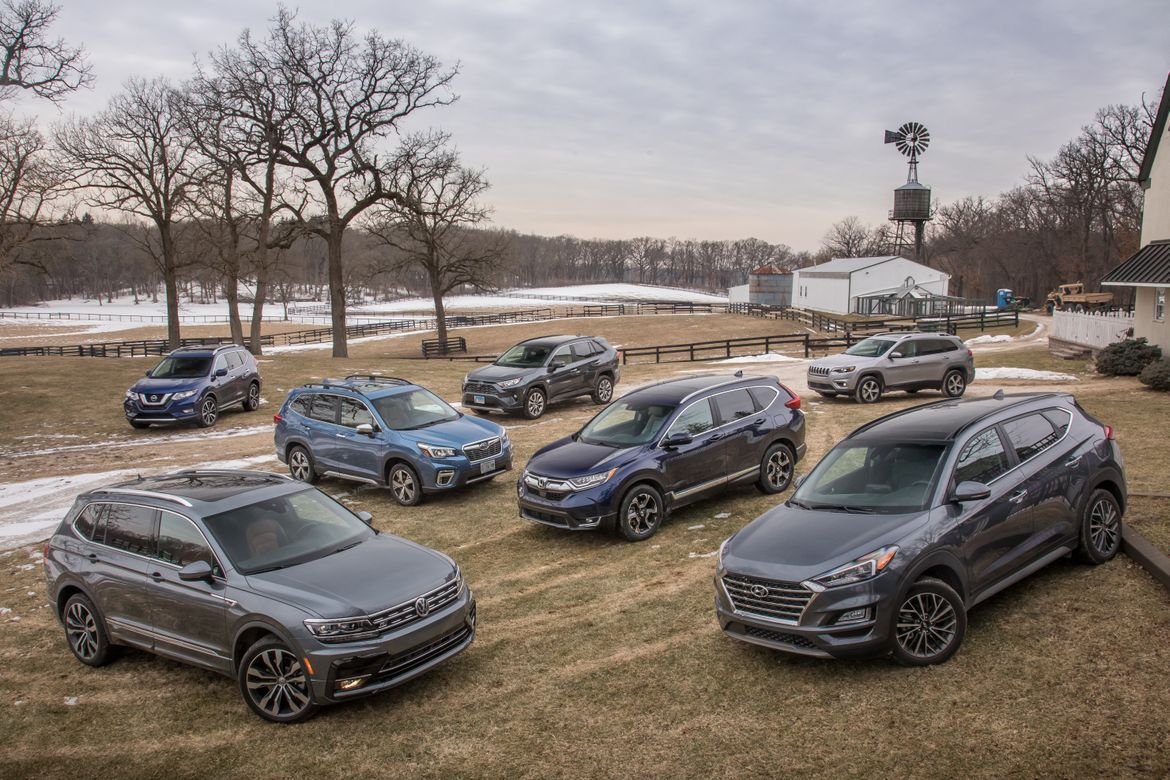
.jpg)
